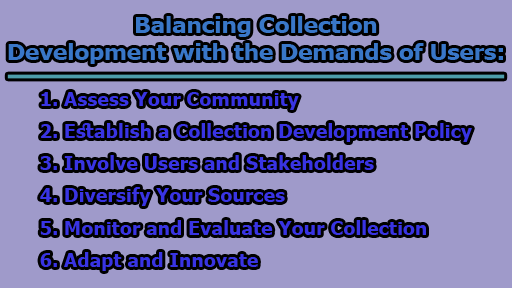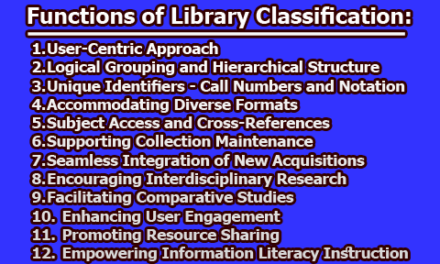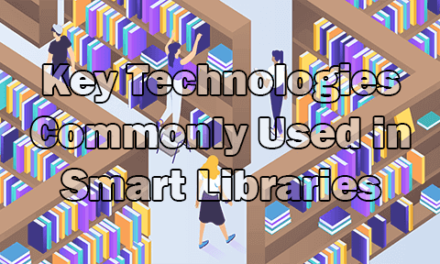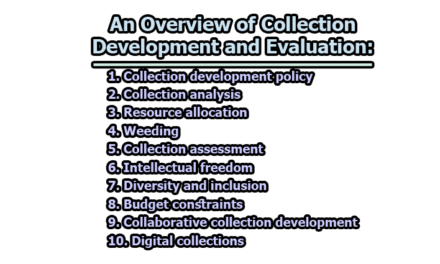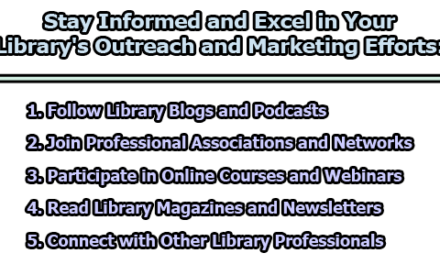Balancing Collection Development with the Demands of Users:
Libraries have long been the cornerstone of knowledge, offering a treasure trove of resources for their communities. However, in this digital age, the role of libraries is constantly evolving, and it’s crucial for them to stay attuned to the ever-changing needs of their users. In the rest of this article, we will explore balancing collection development with the demands of users, librarians must engage in a thoughtful process of collection development that considers the specific needs, preferences, and expectations of their community members.
1. Assess Your Community: Before embarking on the journey of building or updating a library collection, it’s essential to understand who your users are and what they require. Libraries can employ a variety of methods to assess their communities, such as surveys, focus groups, interviews, usage statistics, feedback forms, and observation. These techniques enable librarians to gain insights into the demographics, interests, and information-seeking behaviors of their patrons.
By conducting these assessments, libraries can align their collection development goals and policies with the expectations and interests of their community. This step forms the foundation for creating a relevant and meaningful library collection.
2. Establish a Collection Development Policy: A well-crafted collection development policy is an invaluable tool for balancing user needs effectively. This policy serves as a written document that outlines guidelines for the selection, acquisition, evaluation, and deselection of library materials. It should be a reflection of the library’s mission, vision, and goals, as well as the unique characteristics of the community it serves.
A collection development policy provides a systematic approach for making decisions regarding the library’s collection. It offers criteria, standards, and procedures that ensure consistency, transparency, and accountability. By adhering to this policy, libraries can better balance the needs and expectations of their users.
3. Involve Users and Stakeholders: User engagement is a key factor in achieving a balanced collection development strategy. Libraries can encourage users and stakeholders, including staff, board members, funders, and partners, to participate actively in the process. This involvement can take various forms, such as soliciting suggestions, requests, and feedback, and creating opportunities for user participation through book clubs, displays, reviews, and ratings.
Engaging users and stakeholders fosters a sense of ownership, collaboration, and satisfaction with the library collection. It ensures that the library’s offerings reflect the diverse perspectives and interests of its community.
4. Diversify Your Sources: To cater to the varied needs of your community, it’s essential to diversify your sources of information and materials. Librarians can utilize multiple tools and methods to identify and evaluate potential items for the collection, including catalogs, databases, reviews, awards, bestsellers, and recommendations. Exploring different formats, genres, languages, and perspectives is key to ensuring that the library collection remains a reflection of the community’s diversity and complexity.
5. Monitor and Evaluate Your Collection: Balancing user needs in collection development requires ongoing assessment and adjustment. Libraries should regularly monitor and evaluate their collections using both quantitative and qualitative measures. These measures may include assessing circulation, turnover, coverage, currency, quality, and user satisfaction.
Various techniques can be employed to remove outdated, damaged, or irrelevant items from the collection, such as the CREW, MUSTIE, or DUST methods. By continuously monitoring and evaluating the collection, libraries can identify and address gaps, trends, and issues to maintain a vibrant and relevant offering.
6. Adapt and Innovate: The information landscape is constantly evolving, as are user behaviors and library trends. To remain relevant, libraries must adapt and innovate. They need to be aware of the changing information environment and responsive to the emerging and evolving needs and demands of their users.
Being flexible and creative in finding new ways to enhance and promote the collection is essential. This can include embracing digital resources, offering new programs and services, or implementing emerging technologies. By adapting and innovating, libraries ensure that their collections remain valuable and indispensable to their communities.
In conclusion, achieving a balanced collection development strategy requires a deep understanding of the library’s users and the ability to adapt to their evolving needs. Through community assessments, well-defined policies, active user engagement, diversified sourcing, continuous monitoring and evaluation, and a commitment to adapt and innovate, libraries can create collections that are not only relevant but also reflective of the unique characteristics and interests of their communities. In doing so, they can remain vibrant hubs of knowledge and information for years to come.

Library Lecturer at Nurul Amin Degree College

